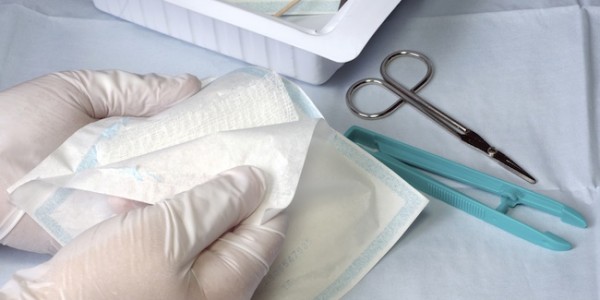Preventing pressure ulcers the key to one Coastal ROP
“I’ve seen first-hand the devastating effects that a pressure ulcer can have on a person,” says Jeanette Boily, Regional OT Clinical Resource Therapist. Which is one of the reasons she’s so passionate about helping ensure that Coastal care teams follow best practices when assessing patients or residents.
“Early on in my career, I wound up caring for a man whose pressure ulcer took more than a year on bedrest to heal” she says. “And less than a month after we were finally able to get his wound healed, he passed away from unrelated conditions. It was a very sad way for him to spend the last year of his life.”
As the topic of one of Accreditation Canada nine Required Organizational Practices (ROPs), it’s seen as an essential practice that organizations have to have in place to enhance patient/client/resident safety and reduce risk.
“We’ve made some good progress but we still have a ways to go,” says Jeanette. “It isn’t really about getting a Braden score; it is about early recognition of the risk factors that make people vulnerable and care planning to a prevent pressure ulcer from developing”.
The pressure ulcer ROP is a requirement that Coastal acute facilities will be required to meet in the June 22 – 26, 2015 certification. Specifically, the ROP states, “The team assesses each patient’s risk for developing a pressure ulcer and implements interventions to prevent pressure ulcer development.”
In order to be in compliance with the ROP, Coastal staff must:
Do a comprehensive assessment with all our patients at admission using a validated tool.
- All inpatients are assessed for pressure ulcer risk as soon as possible after admission,
- The Braden scale is the standard validated pressure ulcer assessment tool at VCH
Reassess our patients regularly and as their status changes.
- For patients who score 18 or less, we reassess every 48 hours.
We develop care plans to address the risk factors identified in the risk assessment
- The back side of the Braden Risk Assessment and Interventions Flow sheet is used to document the care planning interventions to reduce pressure, control moisture, reduce friction and shear and encourage good nutrition.
For more information on the Pressure Ulcer ROP, check out our VCH Fact Sheet (link here) located in the Accreditation section of VCH Connect (link to the section as well).

